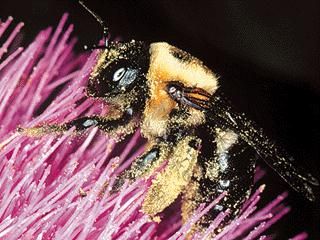Lyctid Powderpost Beetle
The larvae of Lyctid powderpost beetles develop and feed in hardwood. They usually infest furniture, flooring, paneling and molding. The beetles lay their eggs on the surface of wood. The larvae are C-shaped grubs that feed and pupate in the wood. Adults chew out of the wood, leaving circular emergence holes about 1- to 2-mm-diameter. Adult beetles are brown and are 3- to 5-mm-long. The antennae have two-segmented clubs.
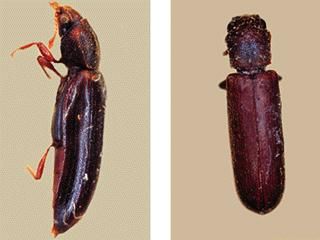
Bostrichid Powderpost Beetle
The larvae of Bostrichid beetles live and feed in wood. They can attack both hardwood and softwood, including bamboo, wicker and weaving material of baskets. The beetles bore into the wood to lay eggs. The larvae eat and pupate in the wood. Adult beetles are 3 mm to 6 mm long. To emerge, they bore round exit holes greater than 3 mm in diameter.
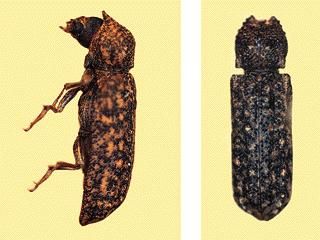
Anobiid Powderpost Beetle
Anobiid powderpost beetles are 4 mm to 6 mm and develop in softwood or hardwood in structures. They are very common in subflooring of buildings. The beetles lay their eggs in cracks or on the surface of the wood. The larvae bore into the wood and feed on it. Adult beetles emerge from the wood by boring circular emergence holes about 2 mm to 3 mm in diameter.
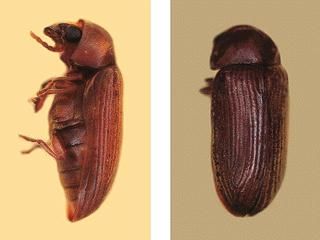
Old House Borer
This beetle is 15 mm to 25 mm long, flattened and grayish-black. The area behind the head has two shiny black spots. The larvae spend two to 10 years feeding on sapwood of pine, fir, spruce, and other softwoods. Adults emerging from infested wood bore oval emergence holes that are 6 mm to 15 mm long.
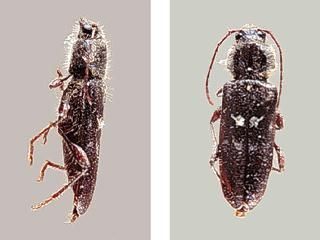
Formosan Termite
The Formosan termite is a subterranean termite that has several unique characteristics that make it special compared to the Eastern subterranean termite. The reproductives are brown and swarm in the evening during May to July. Colonies of Formosan termites are large, with up to 5 million individuals. Therefore, they destroy wood faster than the Eastern subterranean termite. Formosan termites construct nests that are composed of carton material. These nests may be in the soil or in the structure.
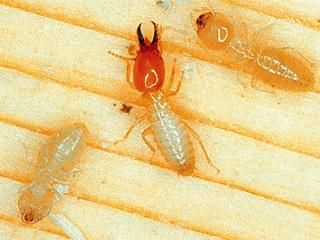
Drywood Termite
Drywood termite colonies are found entirely within wood in structures. Because they do not require soil contact, they do not make mud tubes. The swarmers are usually light-brown and are most prevalent from September to December. Swarming usually occurs in the evening.
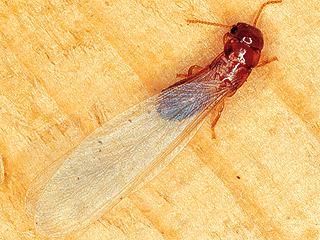
Eastern Subterranean Termite
Eastern subterranean termites live in colonies composed of workers, soldiers, reproductives and supplemental reproductives. During the spring, the reproductives swarm and leave the colony. The reproductives are black and have a thick waist.
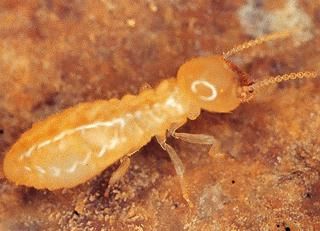
The antennae are straight and both pairs of wings are the same length. Subterranean termites feed on wood, but nest in the soil. They construct mud tubes from their nests to the wood in structures.
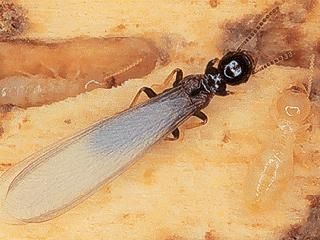
Carpenter Ant
Carpenter ants are large ants, about 13 mm to 15 mm, that nest in hollows of wood. The nest is usually associated with wood decay or termite damage in a house. Outdoors, carpenter ants nest in mulch or debris. The Florida carpenter ant is red and black. Carpenter ants do not eat wood; they hollow it out for nests.
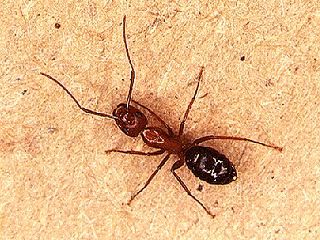
Carpenter Bee
Carpenter bees are 20 mm to 35 mm long. They closely resemble bumble bees, except the abdomen of a carpenter bee is a shiny metallic greenish-black, and the abdomen of a bumble bee is very hairy. These insects sometimes build their nests in solid wood such as weather boarding, railings, supports and trim of buildings. Their nests are in the form of tunnels three to six inches deep in the wood. The entrance hole is about 12 mm in diameter. The holes are very clean and appear as though they were made by a drill. Damage to wood is seldom extensive.
